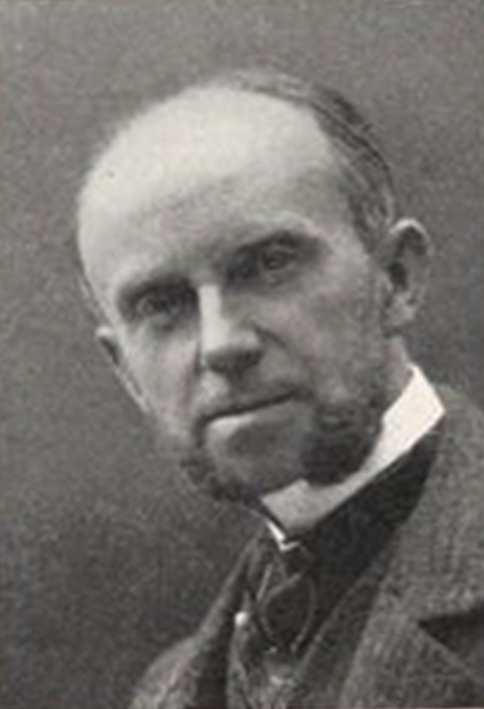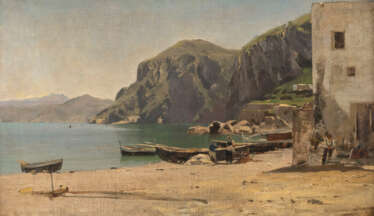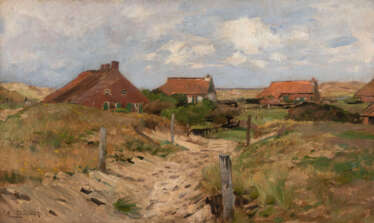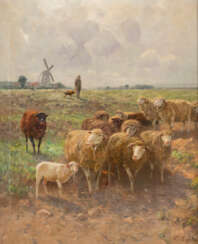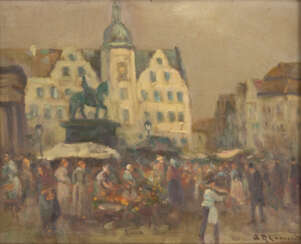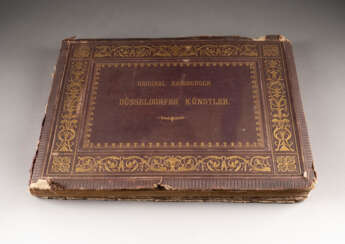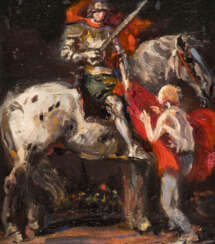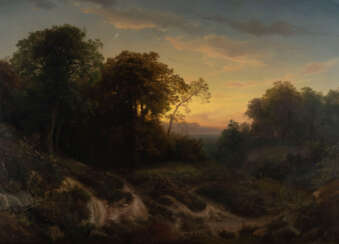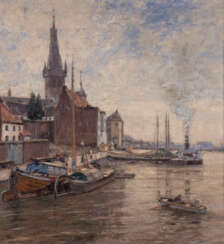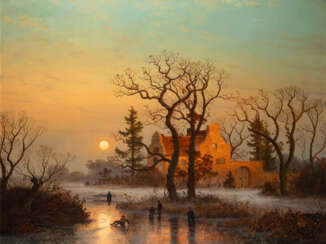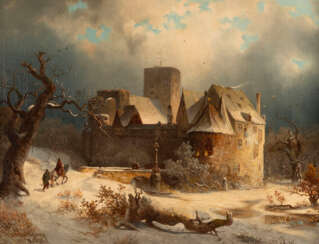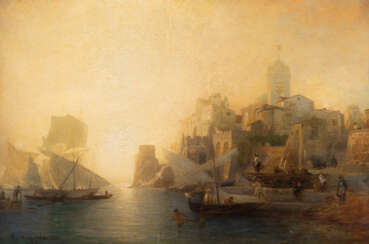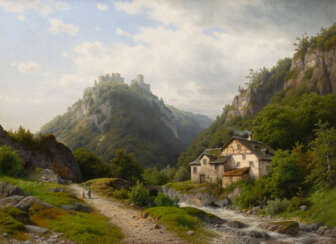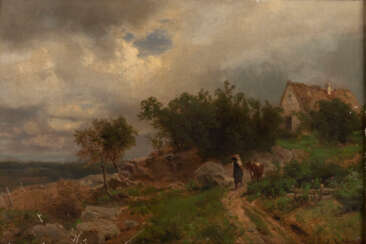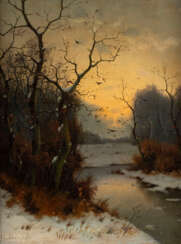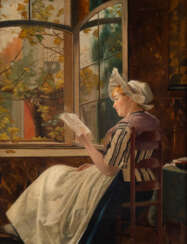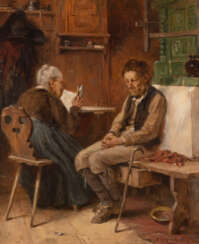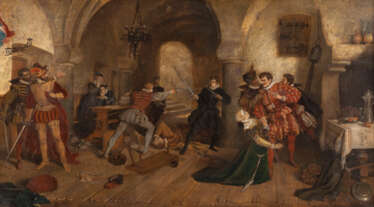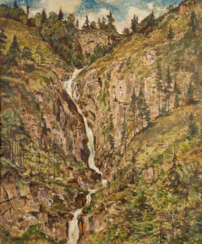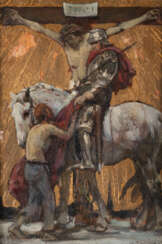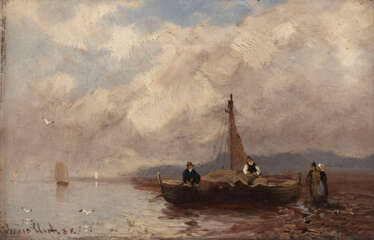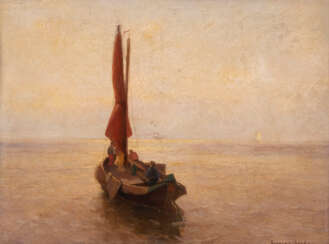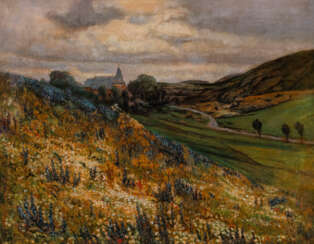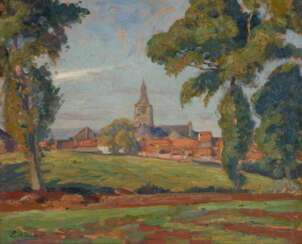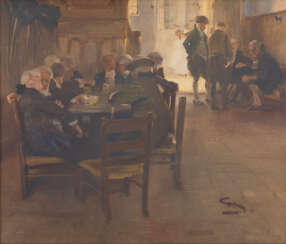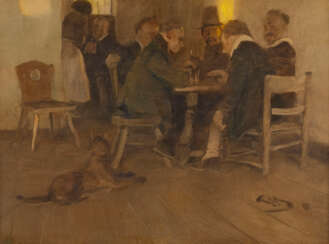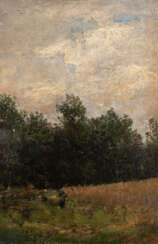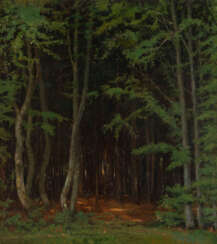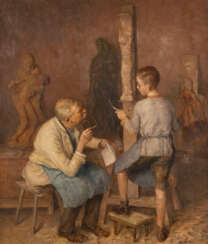düsseldorf
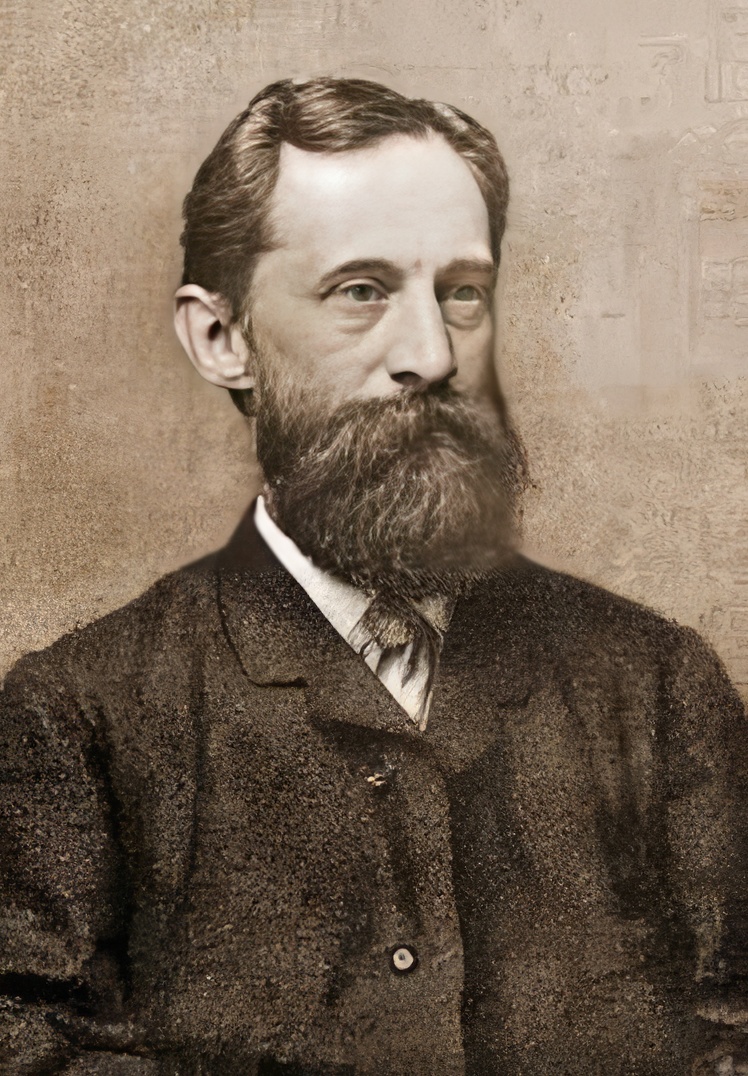
Eugen Gustav Dücker was a Baltic German painter, in the Romantic style, associated with the Düsseldorfer Malerschule.
Despite his career's roots in Germany, he spent much of his time in Estonia, where he painted idyllic landscapes of the sea and the countryside. He also made numerous trips to Holland, Belgium, France and Italy.


Eugen Gustav Dücker was a Baltic German painter, in the Romantic style, associated with the Düsseldorfer Malerschule.
Despite his career's roots in Germany, he spent much of his time in Estonia, where he painted idyllic landscapes of the sea and the countryside. He also made numerous trips to Holland, Belgium, France and Italy.


Eugen Gustav Dücker was a Baltic German painter, in the Romantic style, associated with the Düsseldorfer Malerschule.
Despite his career's roots in Germany, he spent much of his time in Estonia, where he painted idyllic landscapes of the sea and the countryside. He also made numerous trips to Holland, Belgium, France and Italy.

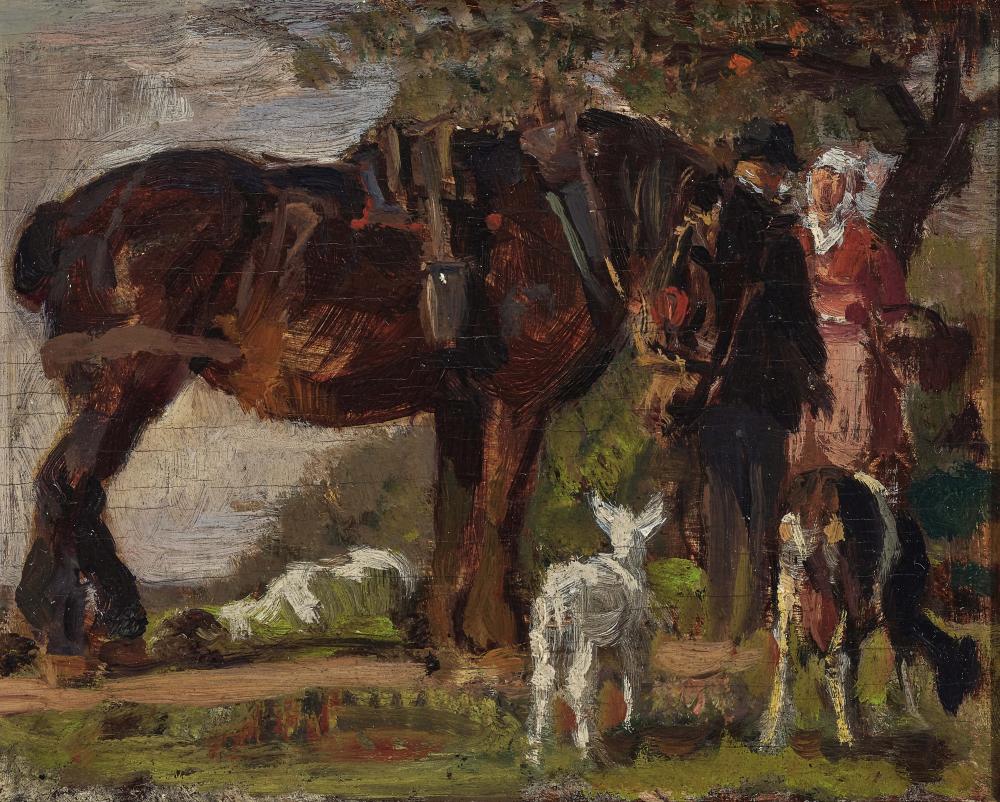
Julius Paul Junghanns was a German animal painter of Austrian origin.

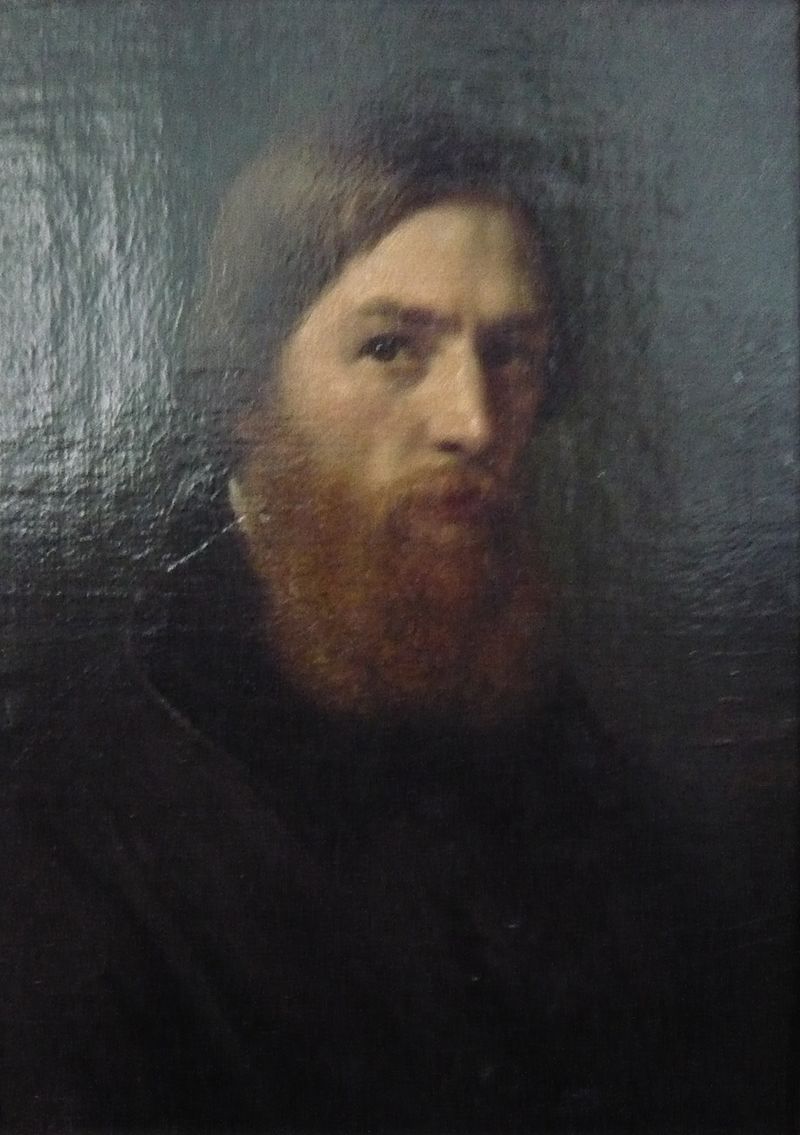
August Weber was a German landscape painter and lithographer of the Düsseldorf school of painting.
In the mid-19th century he became a member of the Malkasten association of progressive artists (Paintbox).
In addition to landscape painting, August Weber also created watercolors and lithographs.

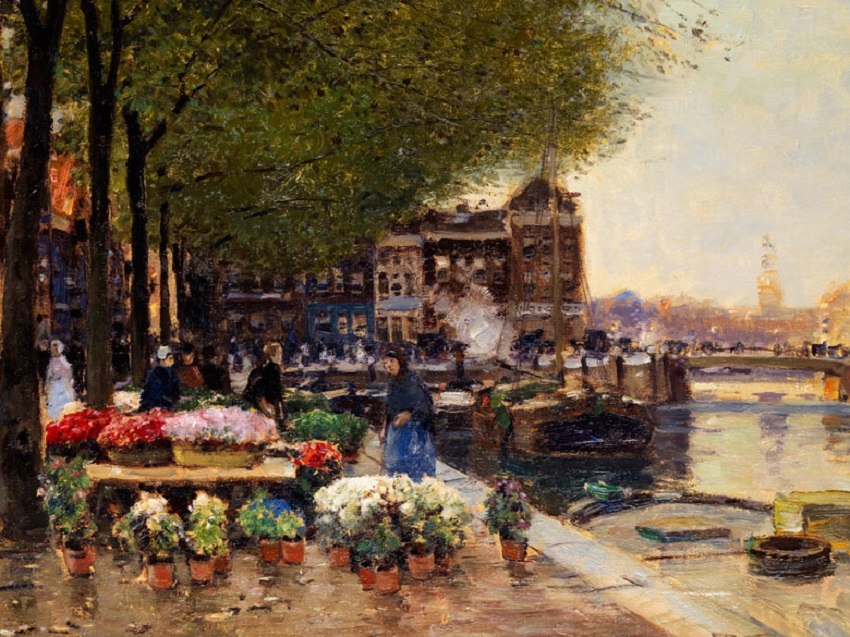
Heinrich Hermanns was a German lithographer and landscape painter. He was also known for architectural paintings and vedute and was associated with the Düsseldorfer Malerschule.

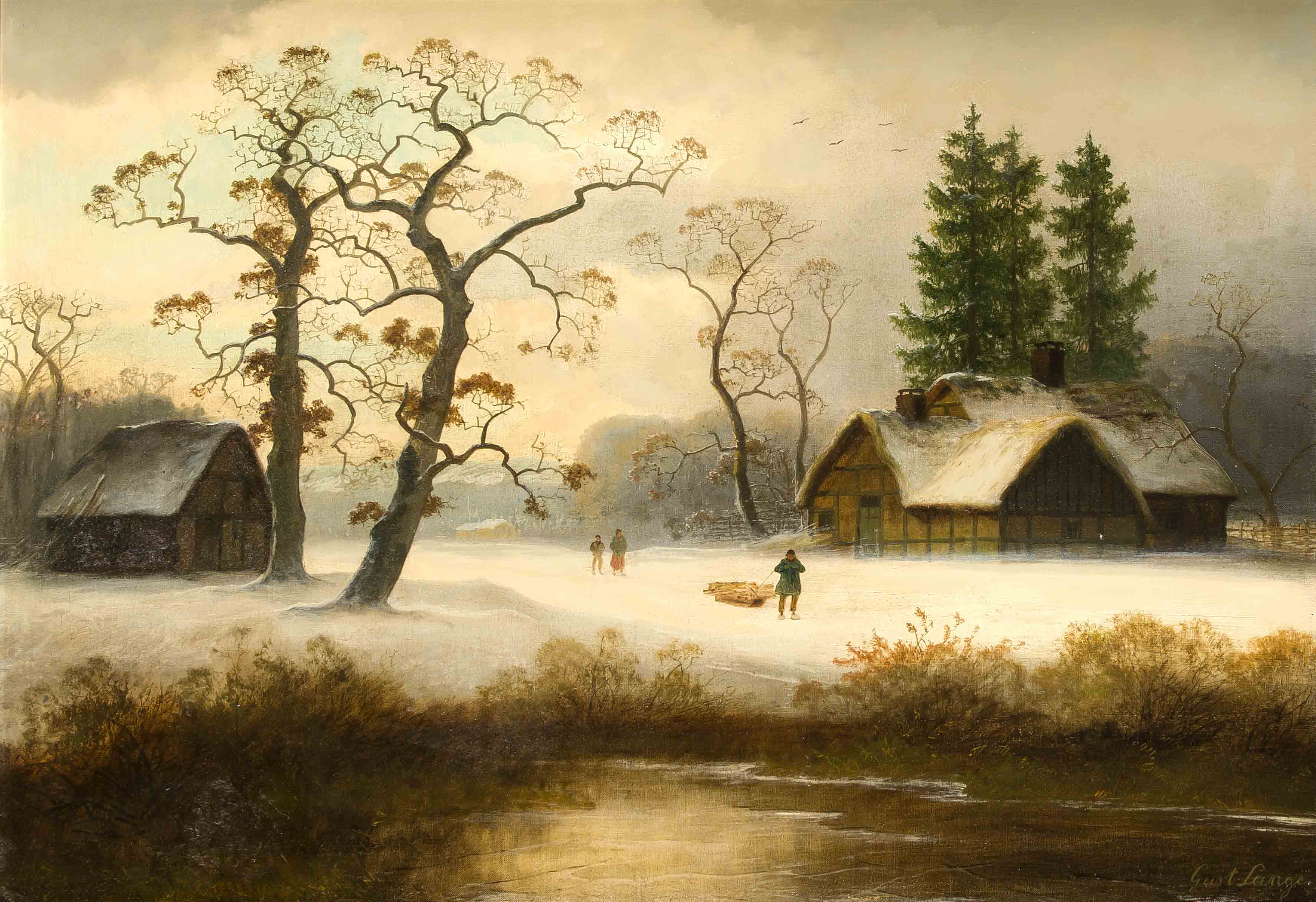
Johann Gustav Lange was a 19th century German landscape painter.

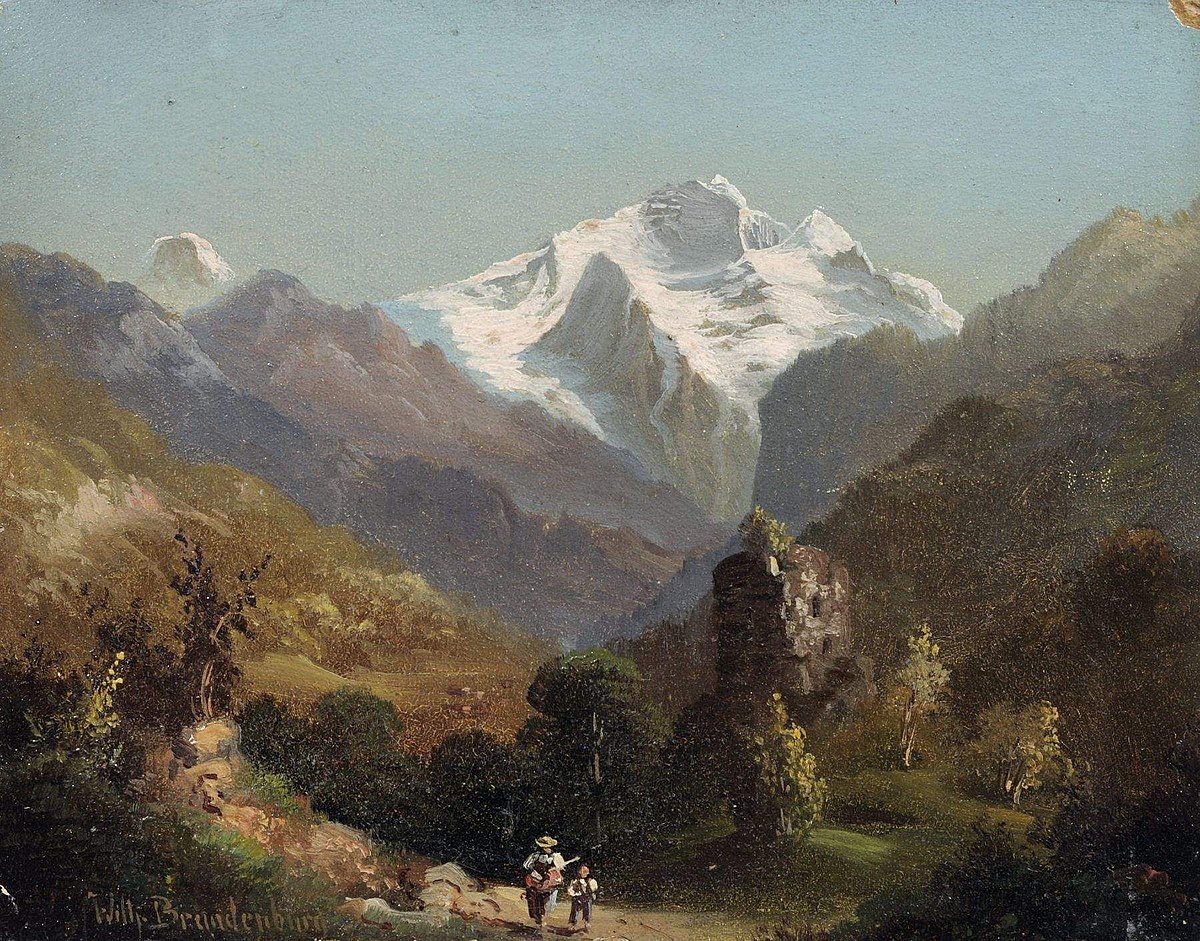
Wilhelm Brandenburg was a German landscape painter of the Düsseldorf School of painting.
Wilhelm Brandenburg created a large number of romantic views of the Rhine and Moselle landscapes. He also travelled to the Tyrol, Upper Bavaria and Switzerland.

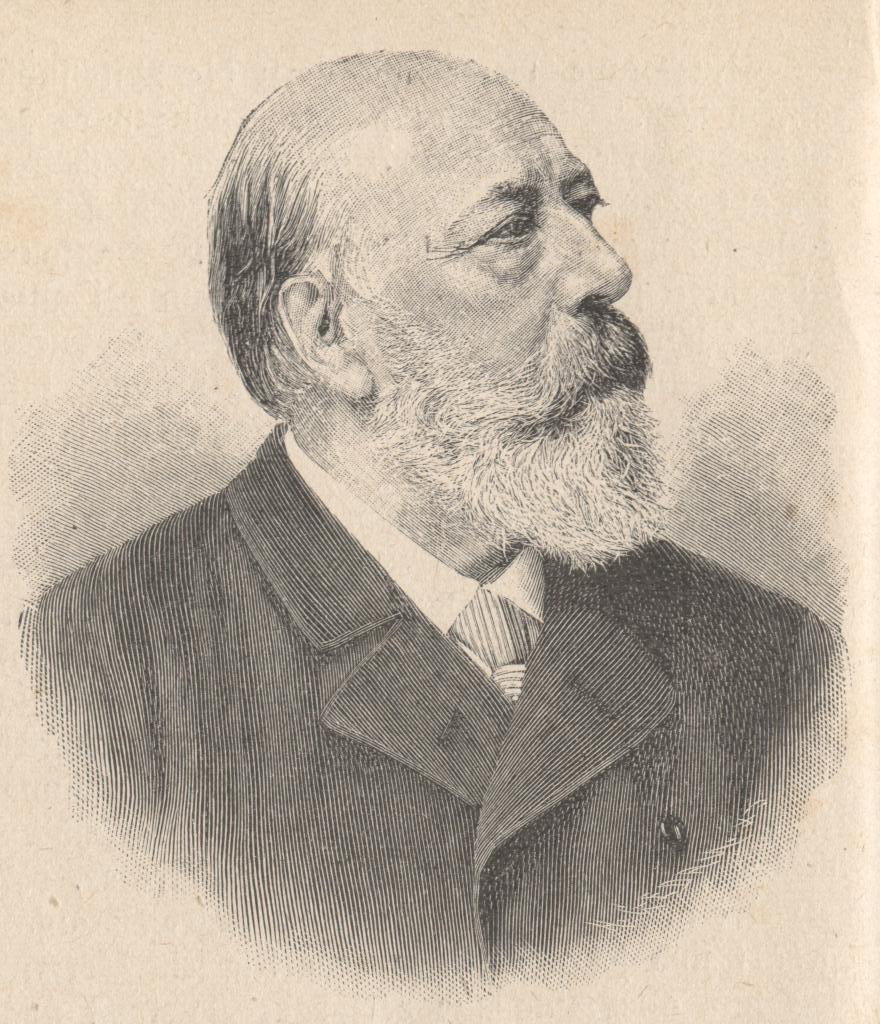
Andreas Achenbach was a German landscape and seascape painter in the Romantic style. He is considered to be one of the founders of the Düsseldorf School.[citation needed] His brother, Oswald, was also a well known landscape painter. Together, based on their initials, they were known as the "Alpha and Omega" of landscape painters.

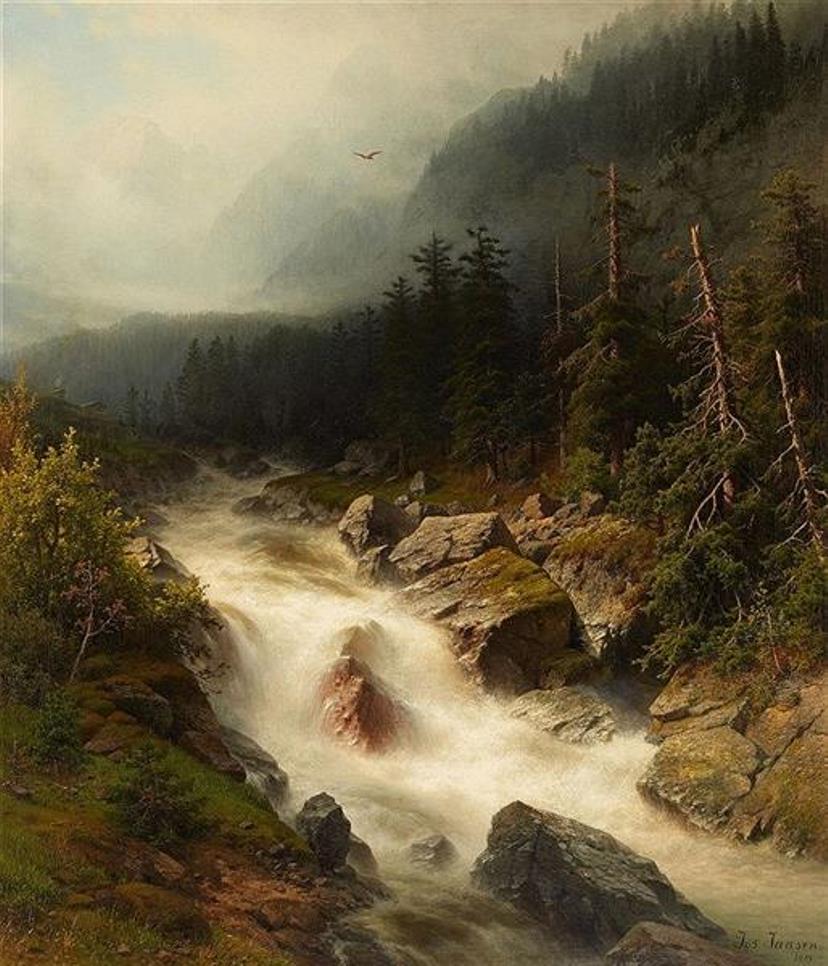
Joseph Jansen was a German landscape painter of the Düsseldorf School.
Joseph Jansen was a student at the Düsseldorf Academy of Painting, known for his landscapes of the majestic Swiss Alps and views of cities along the Rhine and Moselle. From 1850, Jansen began exhibiting in various German galleries and abroad. Because of his skill, Jansen is considered an outstanding landscape painter of the 19th century. His daughter Emilie, born in 1871, became a still life painter.

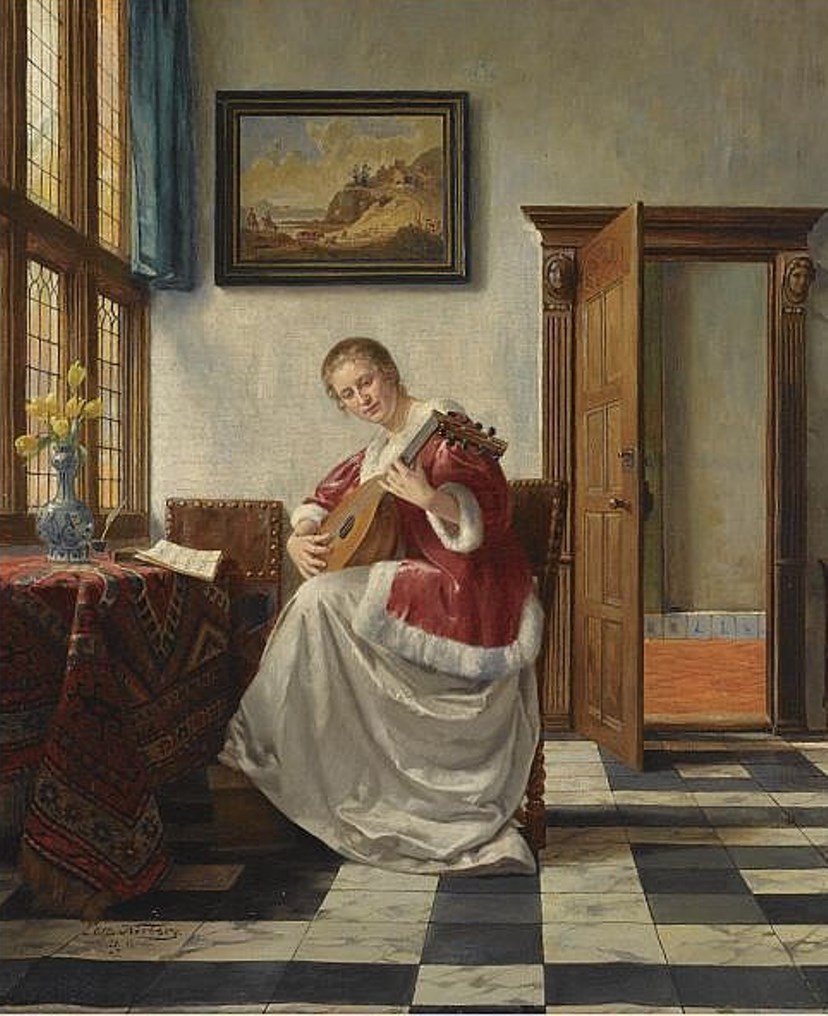

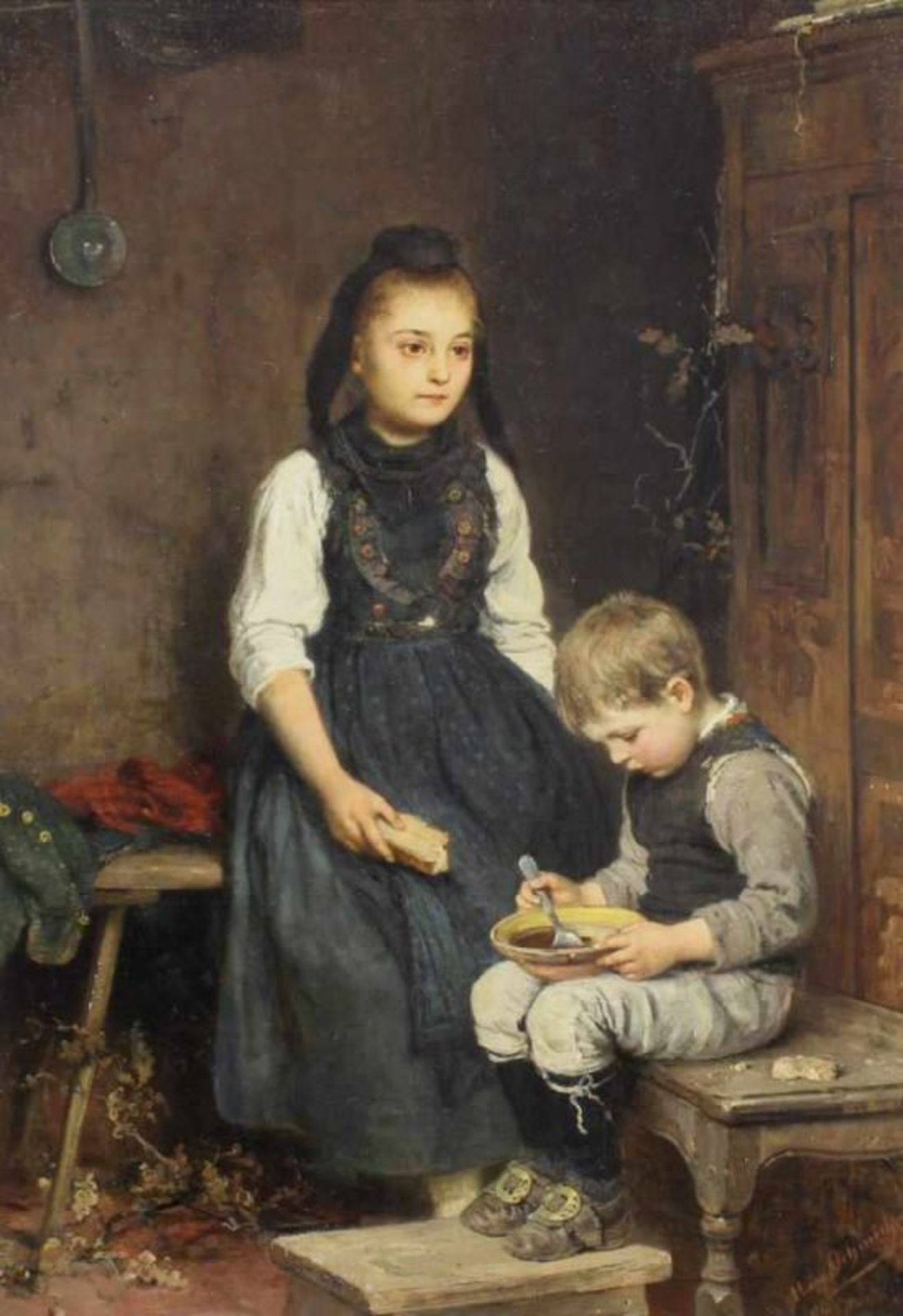
Hugo Oehmichen is a German portrait painter and master of the genre.

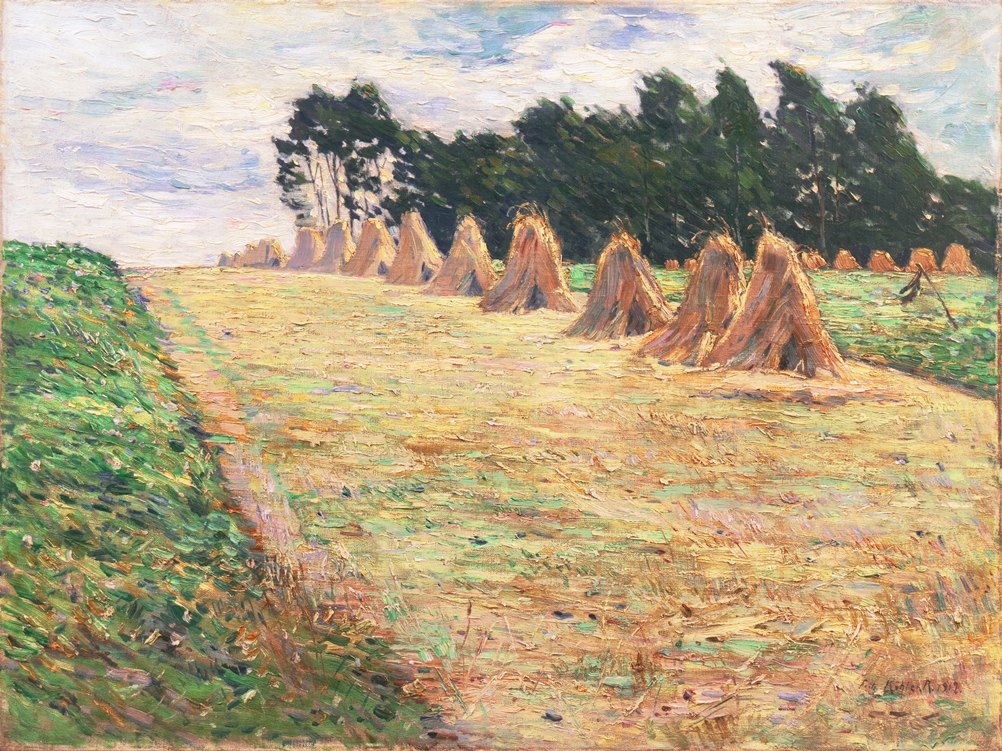
Fritz Köhler (birth name Friedrich Köhler) was a German marine and landscape painter.
As a young man, Köhler spent much time on merchant ships on the seas, then studied painting in Hamburg and Weimar. He painted coastal and rural landscapes in calm colors. Fritz Köhler was a member of the Imperial Association of Fine Artists in Germany and the Düsseldorf Malkasten Artists' Association, and participated in numerous exhibitions.


Julius Paul Junghanns was a German animal painter of Austrian origin.

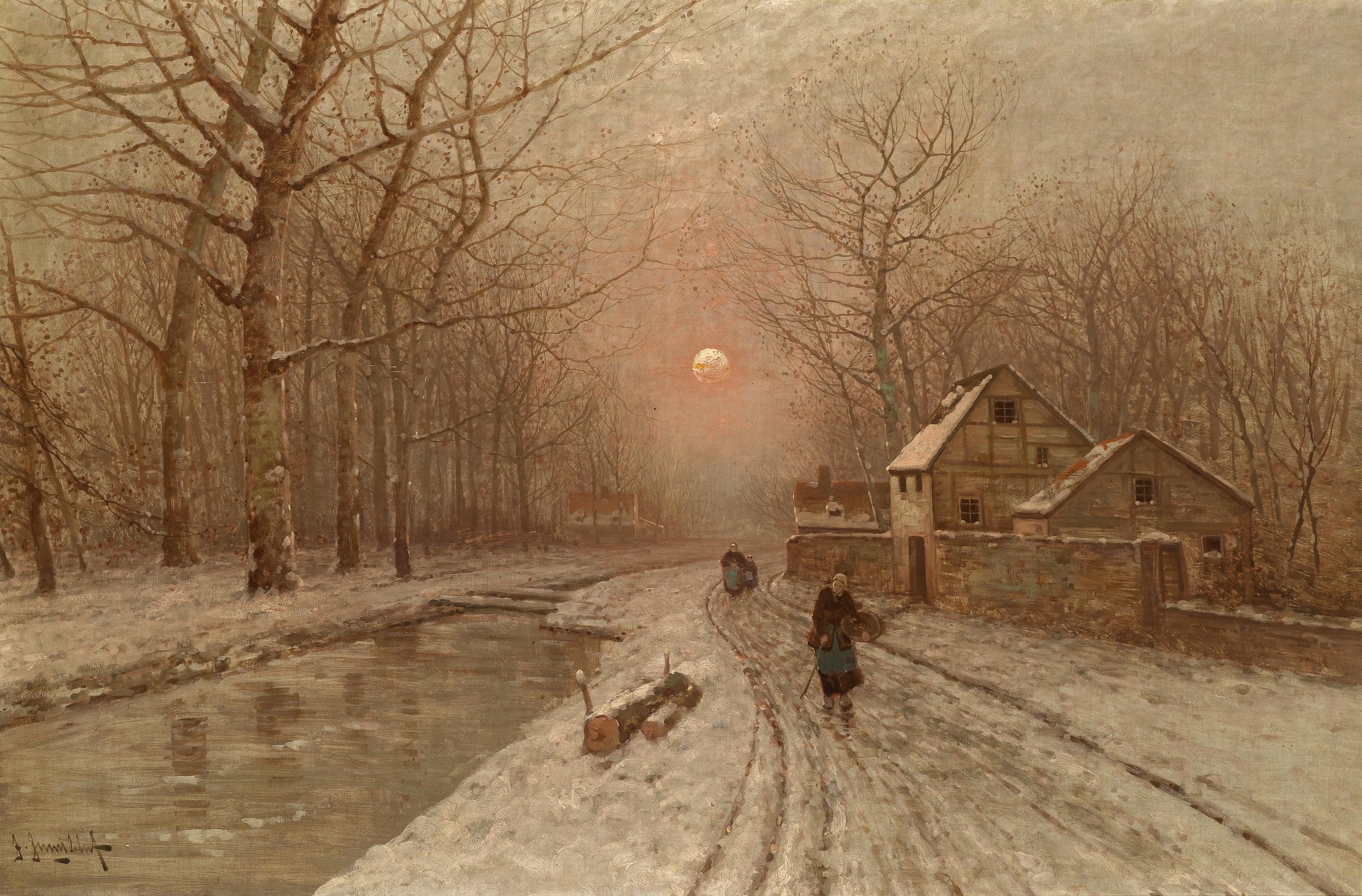
Johann Jungblut was a German impressionist painter and master of the winter landscape.

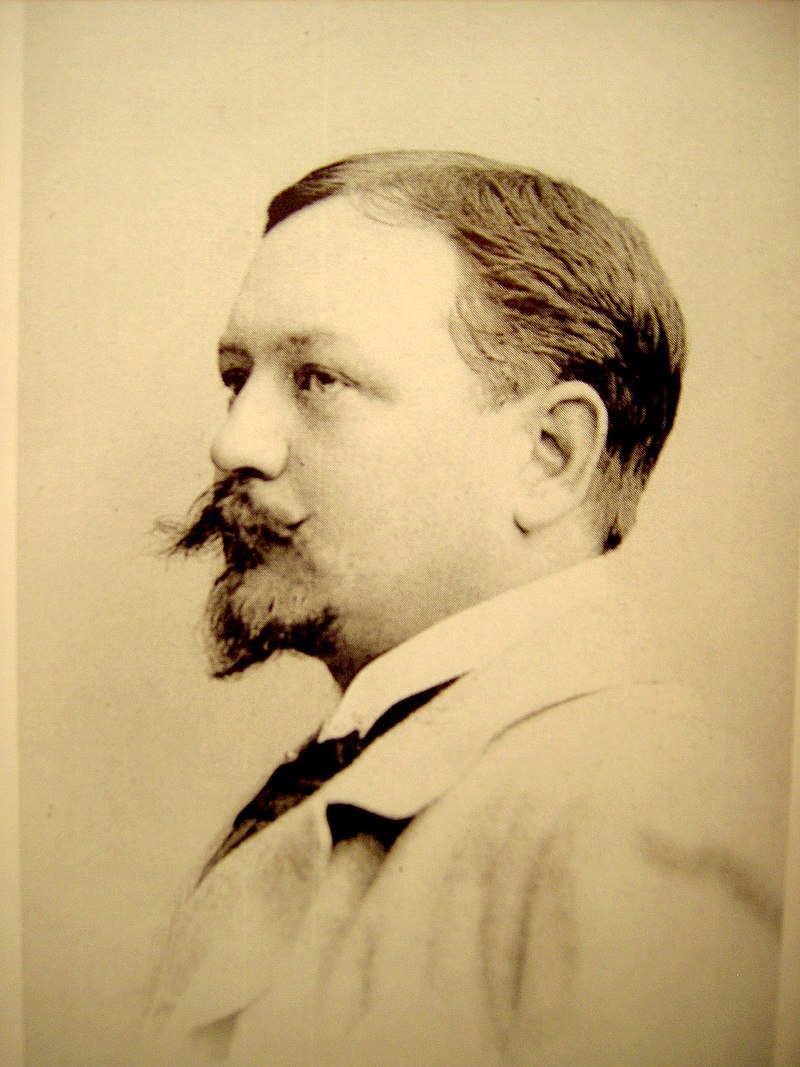
Fritz von Wille, real name Friedrich Gustav August Julius Philipp Rudolf von Wille is a German painter, member of the Malkasten group.
Fritz von Wille is known for his landscapes in the Impressionist style. To avoid confusion with his father, the painter August von Wille, he took a short name. His son Otto (1901-1977) also became a painter.

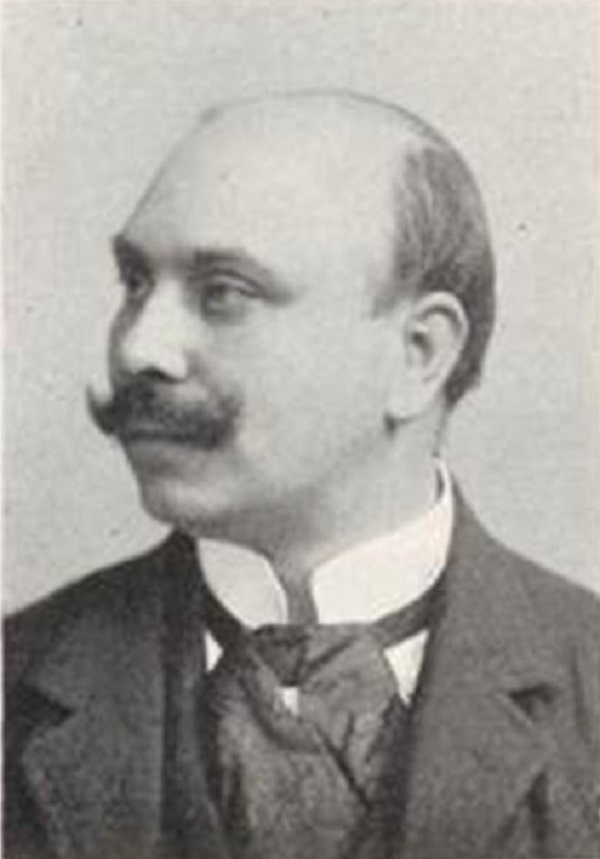
Eugen Kampf was a German painter; associated with the Düsseldorf school of painting. He specialized in rural and village scenes.

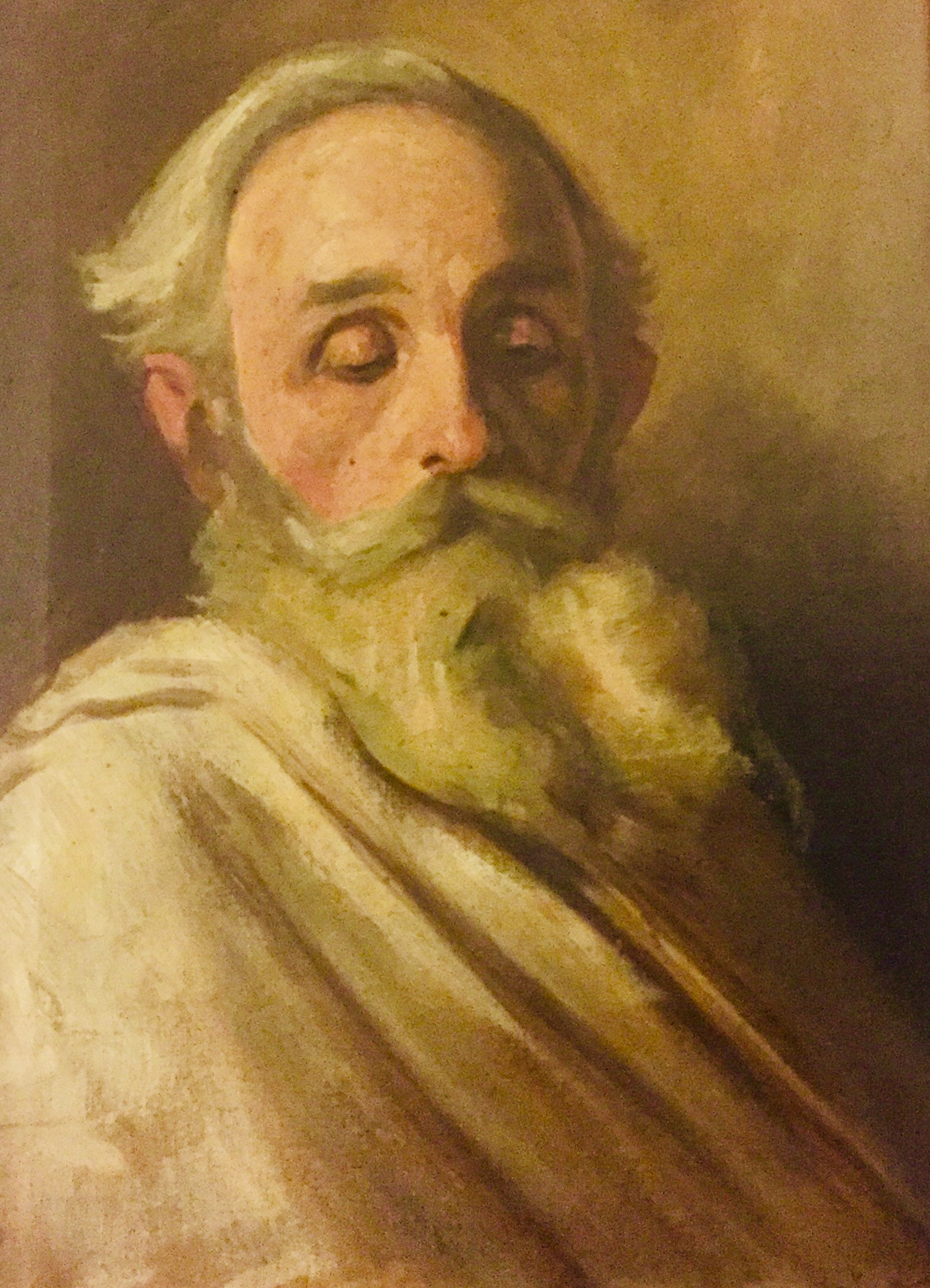
Wilhelm Schreuer was a German painter; associated with the Düsseldorfer Malerschule.
Most of his works were created with a distinctive technique, involving diluted colors on a damp surface, applied to glued paper; a method that makes major corrections almost impossible. The resulting surface is smooth as glass. Often, the effect is nearly monochromatic. Although he painted a wide variety of subjects, scenes from inns, restaurants, dance halls, and various events were obviously his favorites.


Wilhelm Schreuer was a German painter; associated with the Düsseldorfer Malerschule.
Most of his works were created with a distinctive technique, involving diluted colors on a damp surface, applied to glued paper; a method that makes major corrections almost impossible. The resulting surface is smooth as glass. Often, the effect is nearly monochromatic. Although he painted a wide variety of subjects, scenes from inns, restaurants, dance halls, and various events were obviously his favorites.

